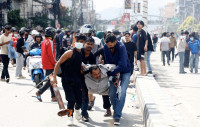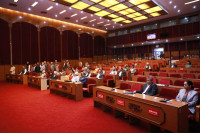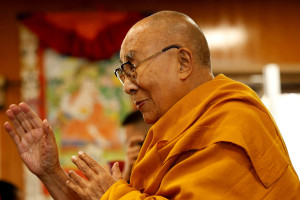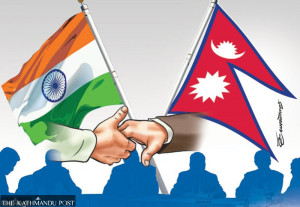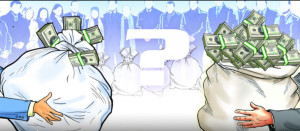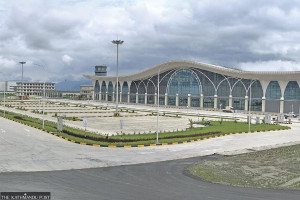Columns
The ‘ghost’ in the ‘republic’
Hridayendra’s rise should be taken as a symptom of systemic failure rather than a threat to democracy.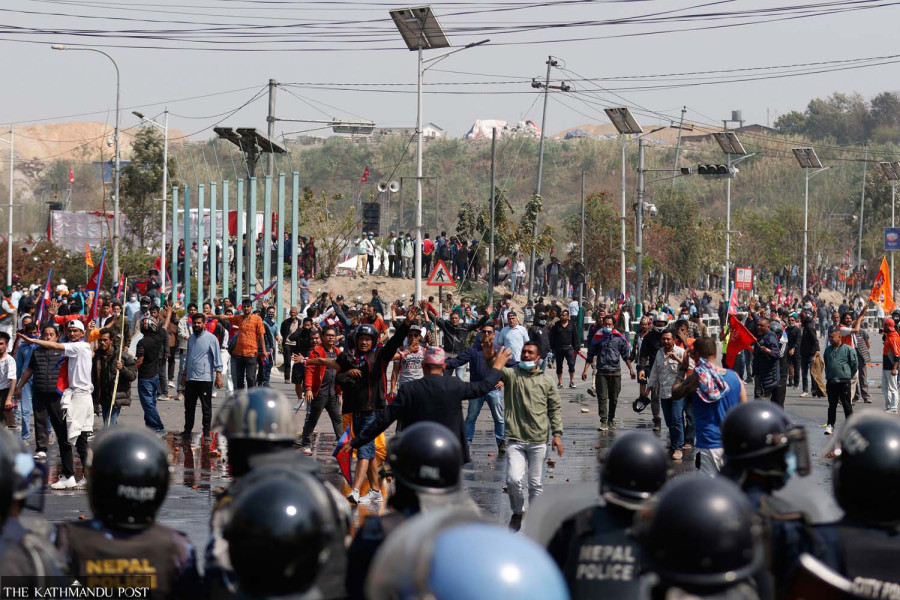
Alisha Sijapati
Recent commentary on Hridayendra Shah’s public appearances, including his highly publicised Jumla vlog, has, with a degree of intellectual convenience, reduced a complex social phenomenon to a single narrative: a calculated royalist plot to restore the monarchy.
While historical surveillance is crucial, this interpretation risks an acute oversimplification of the current moment in Nepal. It is time to push back against this singular, cynical lens and instead recognise the genuine and widespread frustration with the existing political class.
This is not merely a case of ‘authoritarian nostalgia’—it is a frustrated public’s search for new and honest leadership and a societal need to judge individuals on their own merits, not on the inherited legacy of their ancestors.
The argument that Hridayendra’s presence is part of a deliberate ‘repackaging’ of the monarchy fails to acknowledge the most significant driver of public sentiment: the profound failure of the established multi-party system. The public has grown tired of what many call the ‘trilateral musical chairs leadership’—a wearying cycle in which the same political figures swap positions of power, offering little beyond the promise of more of the same. This isn’t just political fatigue; it’s a deeper emotional exhaustion. Out of this exhaustion has come a powerful shift, a collective move from seeking political solutions to yearning for a saviour.
In this game of political musical chairs, the players never change, and the public’s patience has run out. Nepalis, weary of a system that has seen 38 individuals hold the Office of Prime Minister for a staggering 63 terms since 1951, are no longer just looking for a new leader—they are searching for a messiah. This is’t a pragmatic demand; it’s an emotional plea born from deep-seated disillusionment and a feeling of betrayal by the very institutions meant to serve them. The public’s turn towards the former monarchy is, therefore, not just an act of nostalgia; it is a strong expression of a nation yearning for a moral and emotional alternative.
The public’s frustration is not a call for a return to the past but an urgent demand for a new way forward. The 2022 general elections vividly illustrated this, with new political parties and independent candidates gaining significant ground. The Rastriya Swatantra Party (RSP) unexpectedly won 20 seats, becoming the fourth-largest party, and independent candidates like Balen Shah secured key victories, demonstrating a clear public demand for fresh faces.
This widespread dissatisfaction with ‘state-sponsored corruption, nepotism and oligarchy’ is the true undercurrent of this political moment. Party manifestos are often seen as unrealistic and riddled with loopholes, doing little to inspire public trust. This trend isn’t about a longing for a bygone era; it reflects a public desperate to find a viable alternative to the stagnant and corrupt status quo, with the current path leading straight out of the window.
A citizen, an individual
Hridayendra’s visibility cannot be separated from his family’s long history of ruling Nepal, which ended with the transition to a republic. For a 23-year-old, the scrutiny that comes with such a legacy must be intense. While some see his simplicity as genuine, many have pointed out that his highly publicised vlog is being seen by the public as an alternative to the stagnant political establishment.
If a 15-minute vlog by Hridayendra is enough to brand him as the new face of authoritarianism, then surely democracy is in more trouble from recycled politicians than from a young adult on the internet. After all, Sher Bahadur Deuba has served five terms as prime minister, while KP Sharma Oli and Pushpa Kamal Dahal have kept re-running the same political soap opera. The nation, in a desperate state due to this political stagnation, has shown it would elect anybody who promises an alternative, which puts the current political system on notice.
At the same time, scepticism is warranted: there are monarchist groups that explicitly frame former King Gyanendra and his grandson Hridayendra’s emergence as an opportunity for restoration. Public frustration may be the primary driver, but such forces may opportunistically harness it to further their own goals. Recognising both dynamics—disillusionment with the present and the possibility of calculated revival—provides a more complete picture.
While the public shows a desire for new faces, this doesn’t grant Hridayendra immunity from criticism. Fortunately, or unfortunately, his every move is viewed through a political lens. This scrutiny is amplified in the unforgiving digital age by ‘cancel culture,’ which blurs the line between legal and moral accountability and makes navigating the public sphere difficult.
A time for fair judgment
Nepal’s democratic history is a hard-won achievement that must be protected. Condemning the younger generations of the Shah or Rana families for the actions of their ancestors is counterproductive, as it unfairly punishes individuals for inherited privilege they did not create. While it is understandable to question the benefits they may have received from their lineage, holding them personally accountable for historical injustices only perpetuates cycles of blame rather than reconciling with a forward-looking society.
The true threat to Nepal’s democracy is not the ‘ghost of monarchy’, but the present failure of political leaders to address systemic corruption and misgovernance. While Nepal has ambitious laws, policies and programmes, the persistent gap between legal design and implementation has left the system weak. The critical challenge is to focus on present-day accountability and to demand that current leaders, regardless of their background, fulfil their duty to the nation. This approach shifts the focus from inherited guilt to contemporary responsibility, where the real battle for good governance and a stable democracy lies.
Nepal today stands amid an internal struggle—a tug-of-war between the impulse to reconsider monarchy, the frustration with a corrupt republic and the demand for a better alternative. Hridayendra’s emergence should be understood as a symptom of this systemic failure rather than a singular threat to democracy. For a thoughtful political discourse, Nepalis must demand accountability from their leaders, welcome new voices and apply a critical lens to everyone who seeks to lead. The path forward remains unclear, but it is defined by a deep need for a system that can finally deliver on its promises.




 9.12°C Kathmandu
9.12°C Kathmandu



